For as long as humans have looked up at the night sky, we have wondered about the other worlds. Our closest neighbor, the Red Planet Mars, has captured our imagination more than any other. We have sent robots there to explore its dry riverbeds and ancient volcanoes. But the ultimate dream is not just to visit Mars—it is to live there. The plan to colonize Mars is one of the most ambitious and important goals of our time, a mission to build a new world for humanity.
Making humanity an interplanetary species, with a presence on more than one planet, is a goal that is no longer just science fiction. It is a real plan with many different steps. The challenges are huge, but the rewards are even greater. Building a colony on Mars would be the biggest and most difficult project humans have ever done. In this article, we will take a deep dive into this plan, from the reasons why we want to go there to the amazing technology that is being developed to make it a reality.
Why Do We Want to Colonize Mars? A Backup for Humanity
You might ask, “Why go to all this trouble?” The reasons for colonizing Mars are not just about science or adventure; they are about the long-term survival of our species.
- For the Survival of Humanity: Earth is our home, but it is not safe forever. A natural disaster like a massive asteroid impact or a supervolcano eruption could one day threaten to end life on Earth. By having a self-sustaining city on Mars, we would have a backup plan. Our species would be able to survive, no matter what happens to our home planet.
- For Science and Discovery: Mars is a fascinating world with a lot to teach us. By sending people there, we can explore its geology, its history, and its potential for past life in ways that robots cannot. Astronauts on Mars could drill deep into the ground, explore lava tubes, and find out if life ever existed on the Red Planet. This would change our understanding of life in the universe forever.
- For the Spirit of Exploration: The desire to explore is a fundamental part of being human. Building a city on Mars would be the ultimate adventure. It would inspire a new generation of scientists, engineers, and explorers. It would push us to develop new technologies that will help us on Earth and prepare us for a future of space travel.
The Challenge: The Hardest Thing Humans Have Ever Done
Building a colony on Mars is not easy. It will require us to overcome some of the biggest challenges in science and engineering.
- Getting There and Back: Mars is very far away. The trip there would take about six to nine months, and the planets are only in the right position for a trip about every 26 months. This means that once the first settlers get to Mars, they will have to stay there for a long time. Getting a lot of people and supplies there in a safe and cheap way is one of the biggest challenges.
- The Martian Environment: The environment on Mars is incredibly harsh. It is very cold, with temperatures that can drop to -225 degrees Fahrenheit. The atmosphere is very thin, and it has almost no oxygen to breathe. There is also no protective magnetic field, so the surface is exposed to a lot of dangerous radiation from the Sun and space.
- Making a Home on Mars: To survive on Mars, we would have to create a home for ourselves. We would need a place to live, a way to breathe, water to drink, and food to eat. We cannot bring everything with us from Earth, so we would have to find a way to use the resources that are already on Mars to live.
The First Steps: Robots Paving the Way
The plan to colonize Mars has already begun, and the first steps are being taken by our robotic explorers. Rovers like Perseverance are not just looking for signs of ancient life; they are also studying the environment, looking for water ice, and testing new technologies that we will need to live on Mars. They are our scouts, paving the way for the first humans to arrive.
The New Vehicles: Rockets for a Martian City
To send people and supplies to Mars, we need a new kind of vehicle. This is where companies like SpaceX come in with a very ambitious plan. Their giant Starship rocket is designed to be fully reusable, which will make space travel much cheaper. Starship is so big that it can carry a huge amount of cargo and up to 100 people at a time. The plan is to send a fleet of these rockets to Mars every time the planets are in the right position.
Starship is not just a rocket to get to Mars; it will also be a part of the city itself. The first Starships would land on Mars with no crew, and they would be loaded with all the tools and equipment needed to get started, including machines to make rocket fuel and oxygen from the resources on Mars. The Starships themselves could also be used as the first habitats for the astronauts.
Living on Mars: Making It a Home
Once the first settlers are on Mars, they will have to find a way to survive and make a home for themselves.
Growing Food in Martian Greenhouses
We cannot bring all our food with us from Earth. The first settlers will have to grow their own food. The plan is to use special greenhouses where they can grow vegetables and fruits using the Martian soil and light. The soil on Mars has a lot of minerals, but it also has some things that are bad for plants, so it would have to be treated first.
Making Water and Oxygen
There is water on Mars, but it is mostly frozen as ice at the Martian poles and under the surface. The first settlers would have to find this ice and melt it. They could then use machines to turn the water into liquid to drink and use a process called electrolysis to split the water into hydrogen and oxygen. They would need the hydrogen for rocket fuel and the oxygen for breathing. They could also make oxygen from the thin Martian atmosphere, which is mostly carbon dioxide, with machines like the one on the Perseverance rover.
Building a City Under the Surface
The surface of Mars is a dangerous place. To protect themselves from radiation and dust storms, the first settlers would likely build their city under the ground or cover their habitats with a lot of Martian soil. This would be a great way to use the natural resources of Mars to protect the people inside. They could also use a technology called 3D printing to build habitats from the Martian soil.
The Future of Mars: A Self-Sustaining City
The long-term goal of the Mars colony is for it to become self-sustaining. This means it would be able to live and grow on its own, without needing constant supplies from Earth. This is the ultimate goal, and it would be a huge step for humanity.
Some people have even thought about the idea of terraforming Mars. This is a very long-term plan to change the entire planet so that it looks and feels more like Earth. The plan would be to warm the planet, create a thicker atmosphere, and maybe even have liquid water on the surface. This is a project that would take thousands of years, but it is the ultimate dream of the Mars colony.
Conclusion
The ambitious plan to colonize Mars is one of the most exciting and challenging projects in human history. It is a journey that is being led by new technology, brave explorers, and the hope of creating a new home for humanity. While the challenges are immense, from the long journey to the harsh environment, the plan is a testament to our spirit of exploration and our desire to secure our long-term survival. The first steps are being taken today, and in the not-so-distant future, the dream of having a city on another planet will become a reality. It will be the first step in a journey that will make us a true interplanetary species.







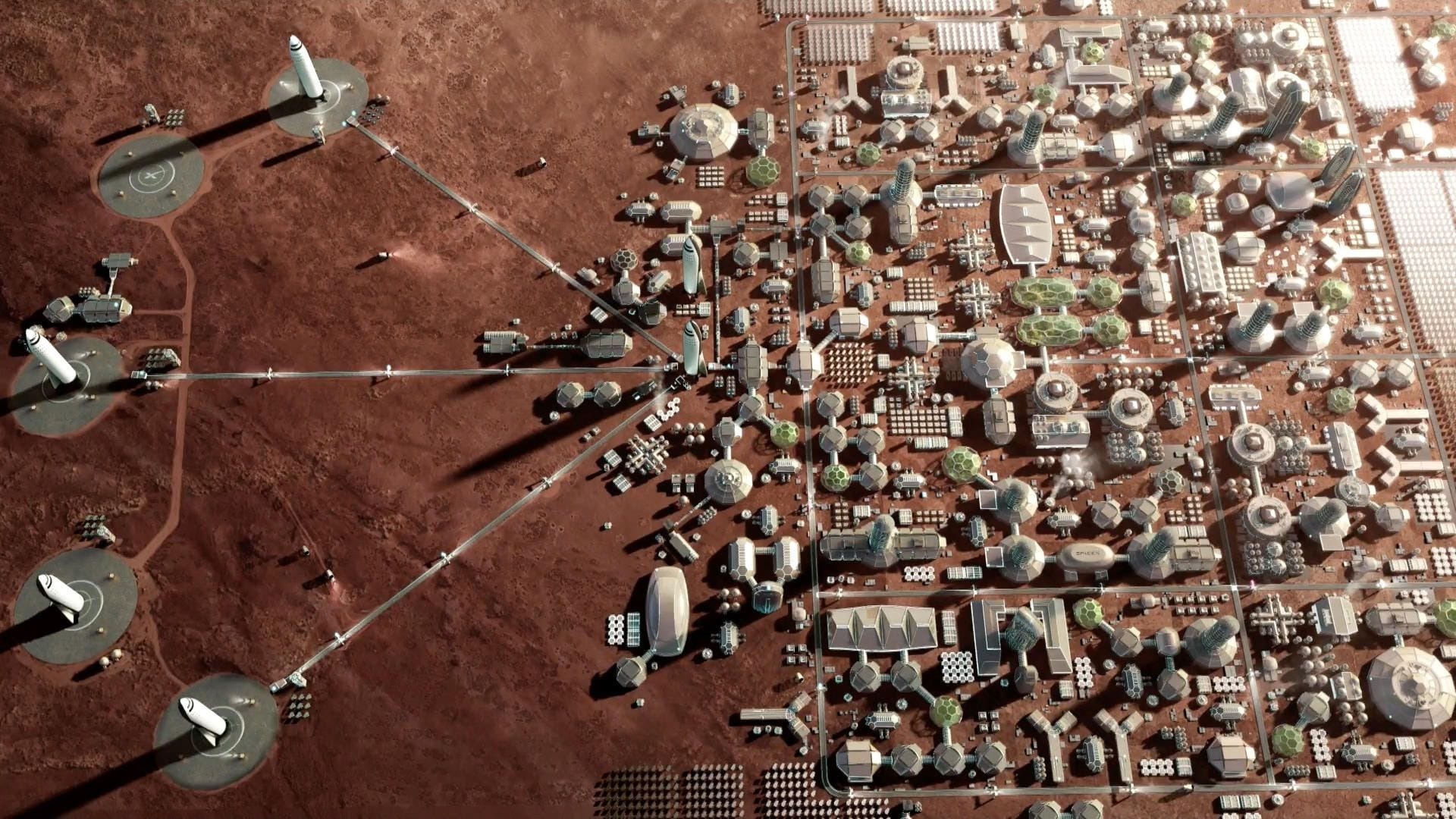
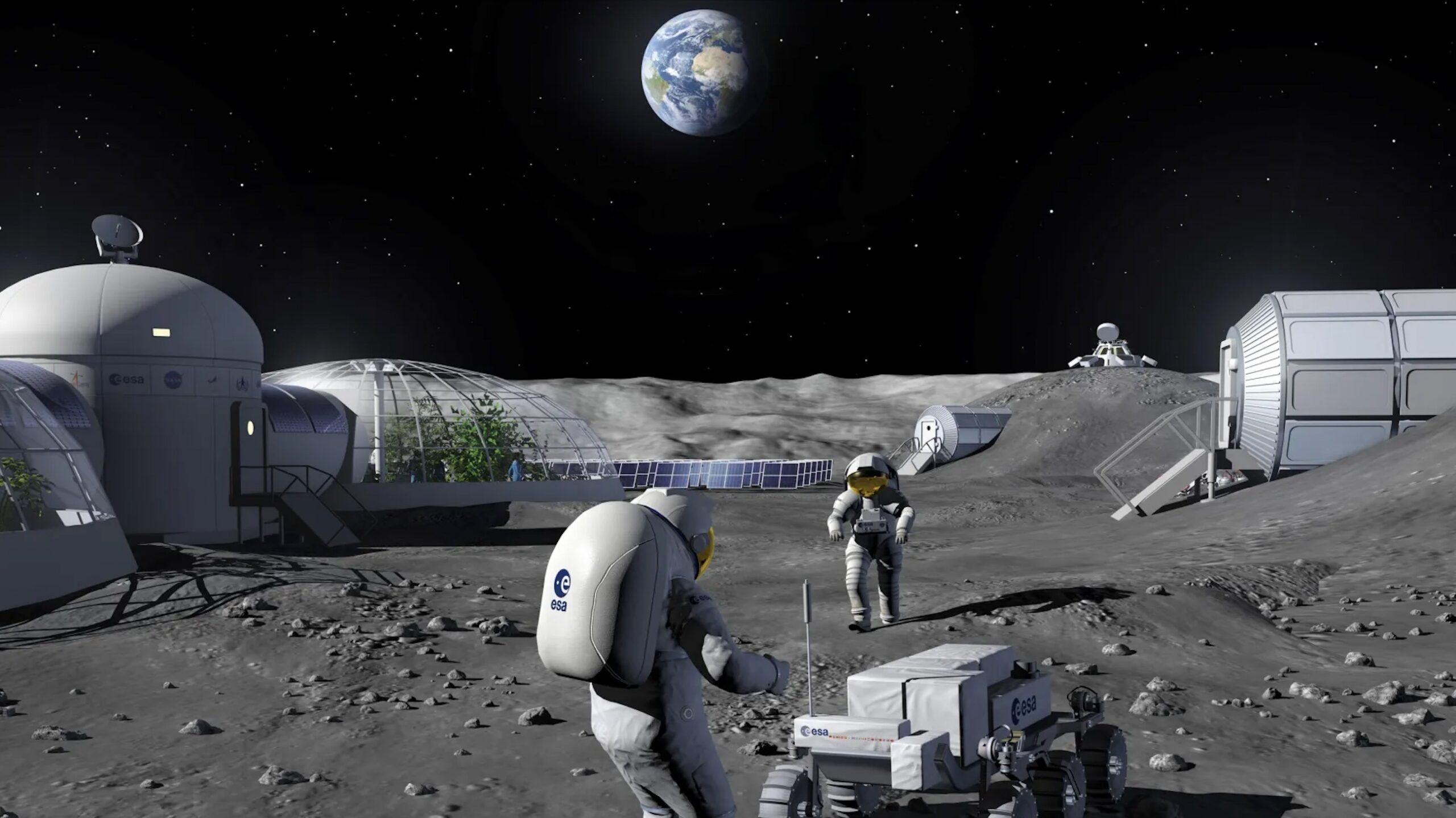
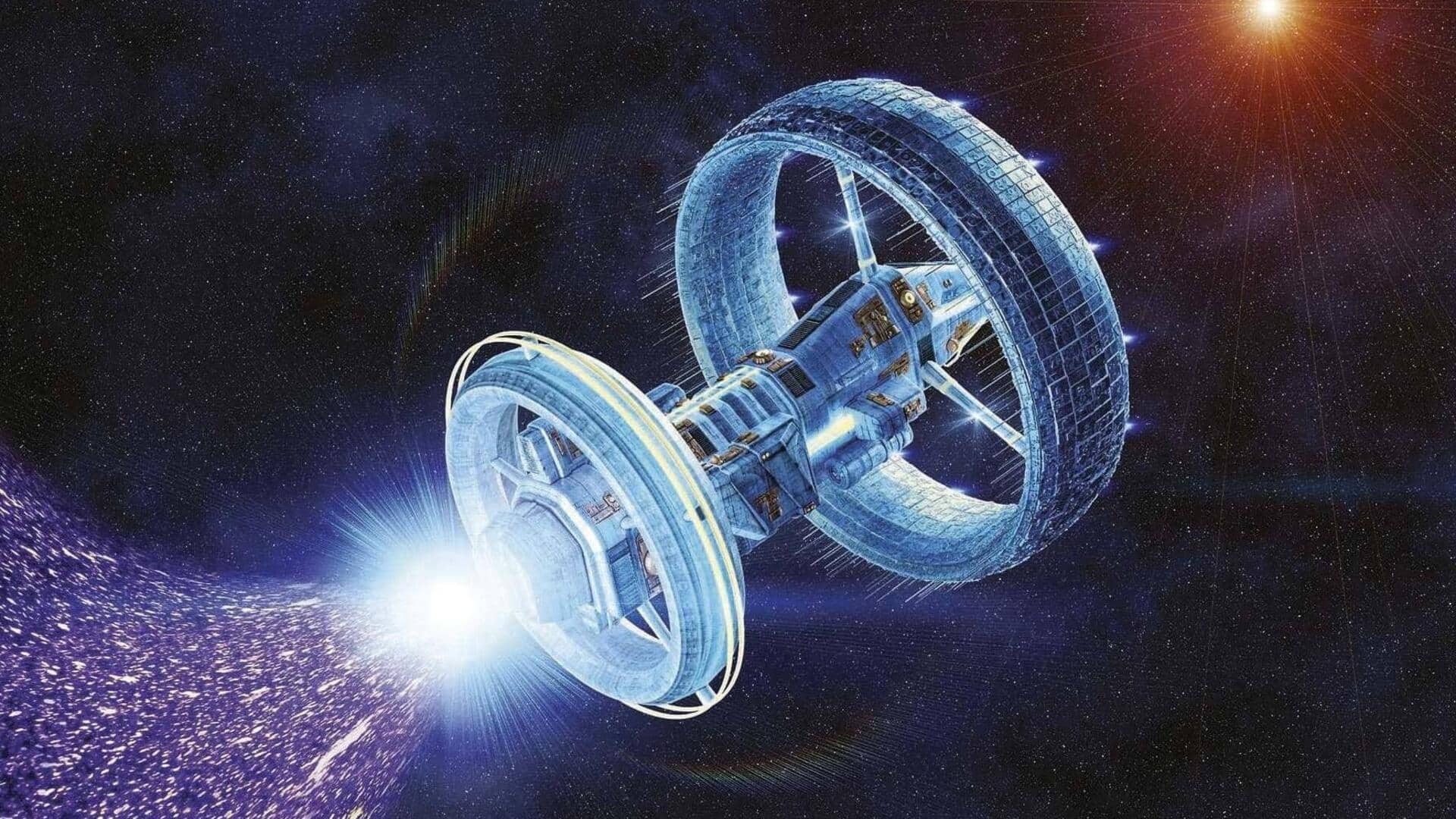
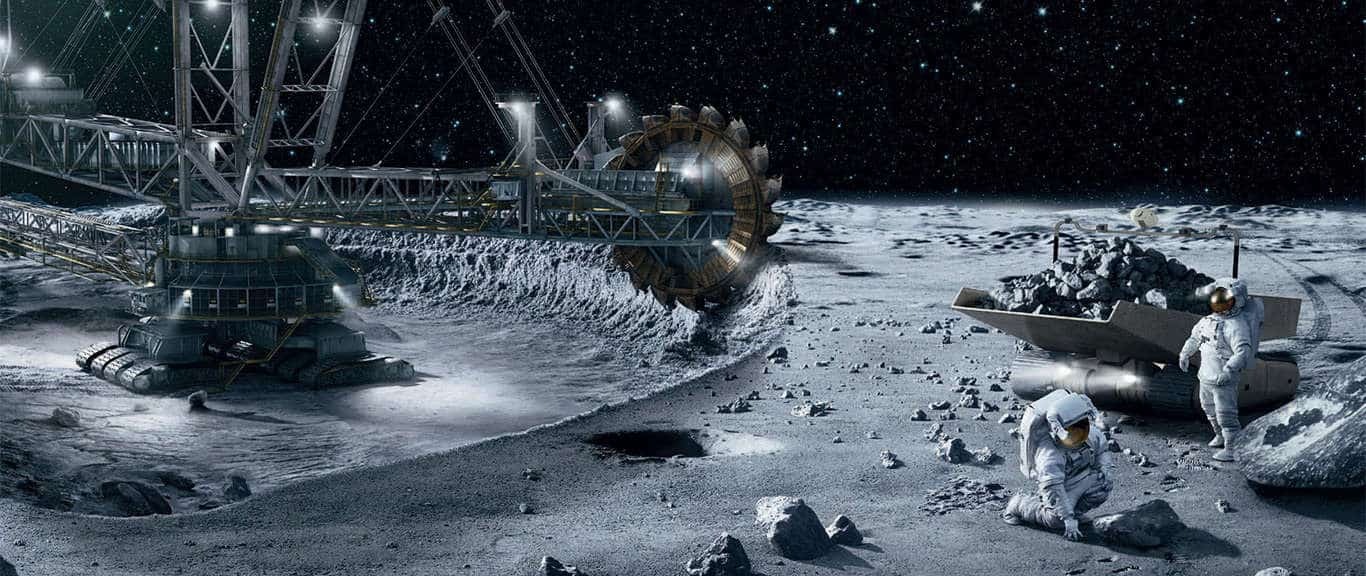
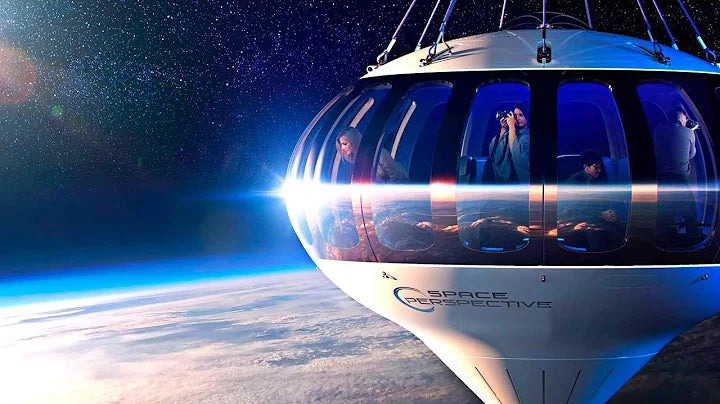
This article makes me so excited for the future of space. The thought of a lunar base or a human mission to Mars isn’t just a dream anymore. I’m looking forward to the next generation of explorers who will make these ambitious plans a reality.